When anyone goes into a potentially dangerous situation, they should find out what personal protective equipment (PPE) is required to keep themselves safe. This is true for the worker at a chemical plant, the farmer handling fertilizer, the body shop technician painting a truck, and for you, who are on the front lines of this uprising in various capacities protesting and/or providing aid.
For people attending protests or other direct actions, there are some essential gear that you need to get now, and some secondary gear that can improve your chances when facing off against far-right terrorism.
The first line is to protect your vulnerable body parts against extremely common blunt impact weapons used by police & far-right collaborators. This includes a helmet, safety glasses/goggles, and hearing protection. We will review these in Part I.
The second line is to provide you with some protection from military attack by police/military/militias using lethal weapons. These will include ballistic helmets and body armor. We will review these in the next article, Advanced Personal Protective Equipment.
Part I: First Line PPE
Helmets
Protecting your head is extremely important. No other part of your body is so vulnerable to extreme injury than can lead to death. Batons, bats, bricks, blunt impact munitions, vehicle attacks, even accidental falls can result in irreversible damage. This is why it is essential to gear up against head trauma.
The ideal helmet will be a ballistic helmet, which we will cover in depth in part II. Owing to their high cost, we will examine some less expensive options here for head protection. There’s a great Crimethinc article that goes in depth on the topic of helmets, so be sure to check it out here.
Motorcycle Helmet
A motorcycle helmet is designed to take multiple high speed impacts during a motorcycle accident, both blunt and focused. These come in a variety of forms and at a variety of price points. You will get more reliable protection from a new helmet, but a used helmet (that does not show abrasion from a crash) can also provide you with good protection (never use a used/out-of-date helmet for actual motorcycle protection). There are three types we would recommend: half helmets, 3/4 helmets, modular helmets.
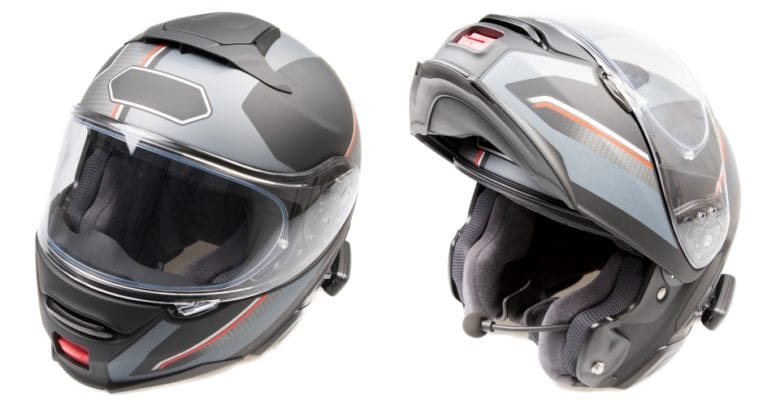

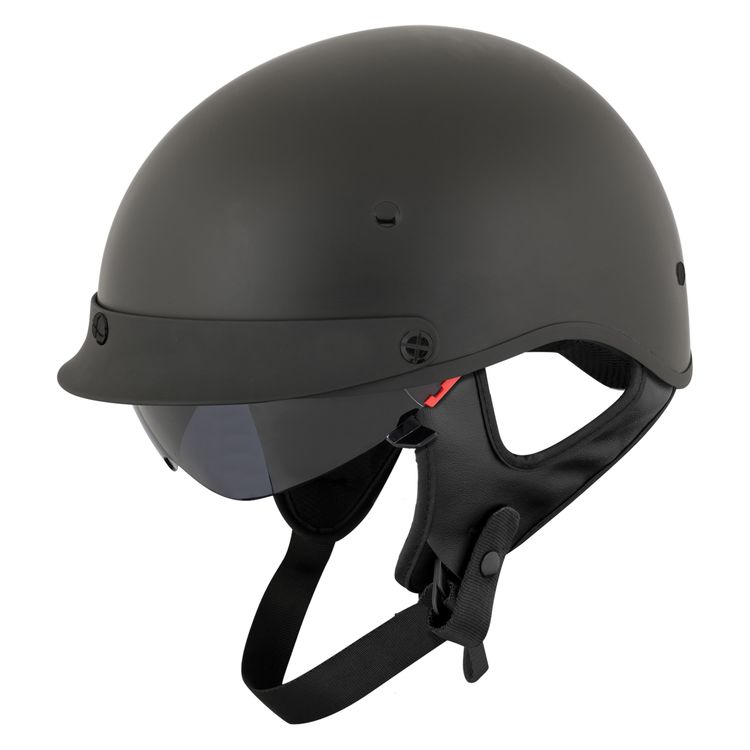
Half helmets offer the least protection, only covering the upper half of the head. Strikes from the side or back will not be protected against. 3/4 helmets address that to a large degree, but leave your jaw, nose, and teeth exposed. If mainly facing blunt-impact munitions, pepper balls, paint balls, and flash bangs, a modular helmet would be the best option. It has all of the breath-ability of the 3/4 helmet, while allowing you to close the front to protect your face when projectiles start flying.
One of the things you also should consider when getting a helmet is whether it will actually protect you. DOT certification is not worth the ink its printed with since it is a ‘self-certified’ safety standard. For real safety, especially ballistic protection from the visor, be sure to get a helmet that meets ECE or Snell safety standards.
Bike/Climbing/Skate/Bump Helmets
These common helmets are the lowest tier of protection but not all are built the same. Lets examine these in order of least safe to most safe:
- Bike and Climbing helmets are the lowest tier of safety. These vary greatly in quality and often are riddled with ventilation holes, holes that will allow projectiles in and will decrease impact resistance to things like batons. If you are looking to get a bike helmet and want it to pull double duty, avoid ventilation holes, look for rounded shapes that deflect impacts, and try to get a helmet with Multi-directional Impact Protection System (MIPS).
- Skate/Bump helmets are the next level up for protection. Each provides more robust protection for multiple impacts. Bump helmets offer accessory rails like tactical helmets meaning you can incorporate face shields and hearing protection into the helmet system.
Eye Protection
Eye loss is happening with greater frequency as police target protesters and reports with head-shots from blunt impact weapons. There are some ways to up your protection, mostly by wearing eye protection that meets both ANSI & MIL-PRF standards:
“Civilian Standards
The Z87+ markings on safety glasses and goggles indicate eyewear is compliant with ANSI Z87.1 high impact and ANSI/ISEA Z87.1 industrial safety standards for eye protection. Safety eyewear meeting these criteria are used in a variety of industrial and personal applications.
Note that the Z87+ marking is used for all Plano, readers and magnifier safety glasses. The Z87-2+ marking is used for impact-rated prescription lenses. If you’re using Rx inserts with military eyewear, they must be impact rated and marked with Z87-2+.
Military Standards
The Military’s rigorous MIL-PRF 32432 Ballistic Fragmentation standard uses tests similar to those in the ANSI Z87.1 standard. However, the requirements are much more stringent.
There are two main Military Ballistic Standards used for testing, MIL-PRF-31013 (spectacles) and MIL-DTL-43511D (goggles). Eyewear passing these tests, along with additional criteria, may qualify to be listed on the APEL (Authorized Protective Eyewear List), which indicates the product is approved for individuals serving in the US Army.
Most military-grade eyewear will meet ANSI certifications. However, ANSI-certified safety glasses and goggles will not always be APEL certified. In fact, the majority of them are not.
The impact standards required for APEL certification are much higher than those for the ANSI standard. In fact, the MIL-PRF-31013 testing produces approximately 7 times more impact energy than the ANSI Z87.1 standard. Also, the military impact standards for goggles are even more rigorous.
The US Army also requires that ballistic eyewear is functional, reasonably comfortable, contains no bright colors or distracting designs, and is able to be disinfected. Also, they have requirements for optical clarity, protection from UV rays, fit, chemical resistance and environmental stability (no changes when exposed to a range of temperatures and humidity levels). -from safetyglassesusa.com“
Glasses like these can be found at specialty stores like above or at local eye-wear dealers. Again, check the certifications to make sure you are buying legitimate eye protection. Also, test out the glasses by heavily working out. Get sweaty and hot. If your eye protection fogs, invest in anti-fog solution.
Styles can be very civilian looking, but goggles are a great option to wear over eyewear and help conceal identity a bit better.
Hearing Protection
Hearing loss is cumulative. Flash-bangs, fireworks, music, drums, yelling, car horns, sirens, LRADs, PA systems… these all are risks to your long term hearing. Hearing protection comes in two catagories; in-ear and over ear. Lets take a look at some options. For some information on standards check out these hearing protection information links at: Canadian Centre for Occupational Health & Safety or in the USA OSHA
In-Ear Hearing Protection
In ear protection is easy to buy in bulk and distribute at protests. They offer good protection, especially for the price. People unfamiliar with inserting them may need guidance, so make sure people who are unfamiliar are GTG.
Hearing protection bound by a string is the best because if an ear plug from one ear becomes dislodged, it will still be retained for reinsertion by the other ear. A box of 100 of these usually runs from $14-25 USD and are available at almost all construction stores and online retailers.
Over-Ear Hearing Protection
Over ear hearing protection can be divided into two categories, passive and active. Passive over-ear hearing protection, aka ear muffs, are designed to deaden all sound. These are usually inexpensive, though substantially more than ear plugs. These can be found at most stores that sell hardware or sporting goods. We recommend shooting ear muffs as they are designed to deal with ergonomic situations you may be faced with and generally will be more comfortable.
Active hearing protection is a very useful feature for headphones. What it does is allow you to hear normally (and sometime enhances your hearing), while blocking any noise over a dangerous decibel level. What does this mean for you? It means you can hear police talking down the street, you can hear the movement of feet near you, you can hear the voices of your comrades… you retain a high degree of situational awareness, all while protecting your hearing. The prices on electronic hearing protection varies from $60 USD to $750 USD. What makes these different? Mostly it comes down to battery life and interoperability with comms. Cheaper electronic hearing protecting might run out of battery in 2-3 hours, but even if the battery is dead, it is still hearing protection. Cheaper electronic hearing protecting won’t be protected against rain. If that’s a factor, spend more. We recommend the following for worry free electronic hearing protection that will protect your ears and maintain/enhance your situational awareness.
Peltor Sport Tactical 100 is a good budget option at $40-$75 USD. Automatic shutoff after two hours to conserve battery, runs on AAA, has an audio jack for two-way radio/cellphone.
3M PELTOR COMTAC III Hearing Defender is a upscale buy for those looking to have extremely good reliability and the ability to integrate with helmets. These are also designed to allow the shouldering of a firearm while wearing. They have 500hr battery life and are water/saltwater proof. $200-750 USD
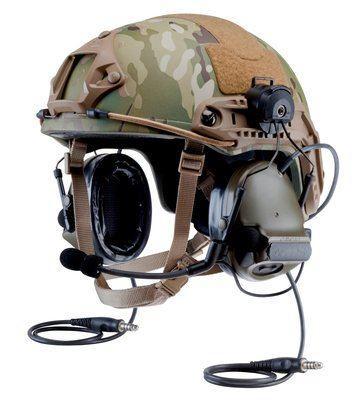

MSA Sordin / Sordin Supreme are an alternatives to the COMTACs. Over 300 hours of battery life, uses AAA batteries, has battery save function and Low battery warning, and is waterproof (not saltwater). $130-350 USD
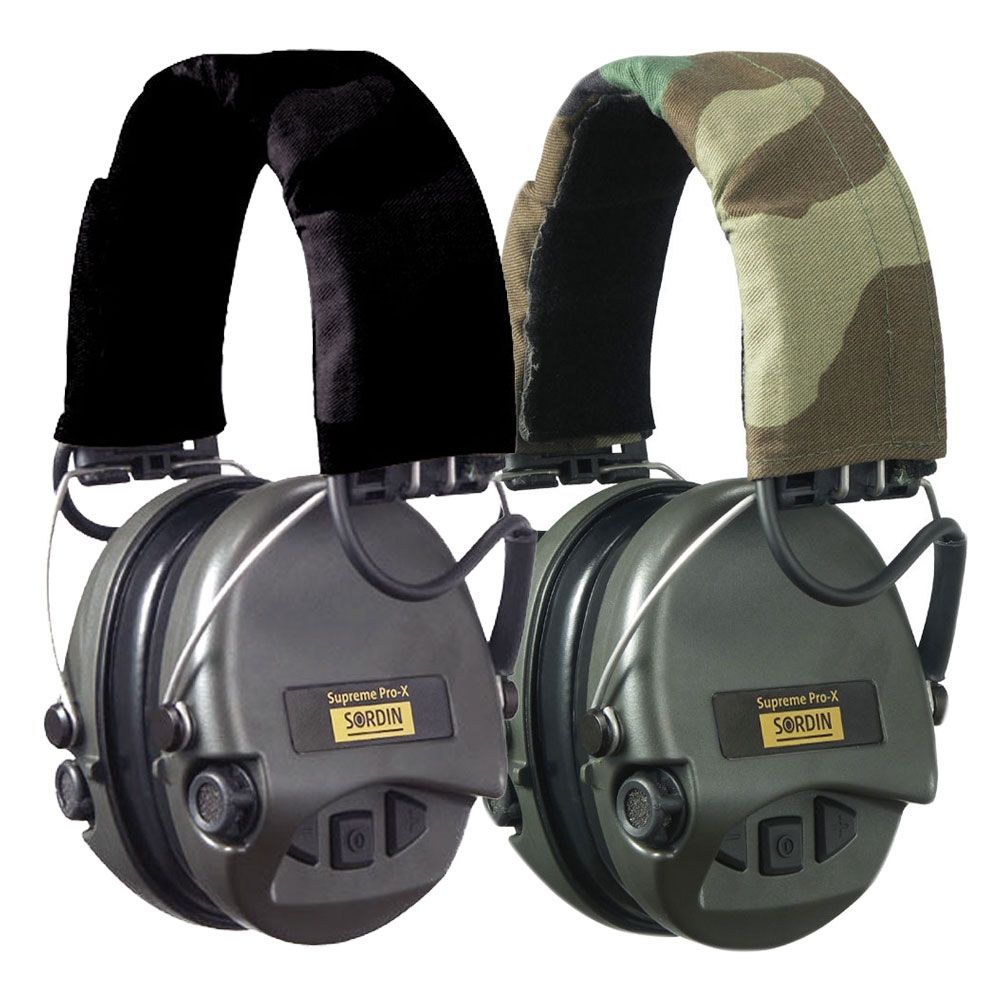

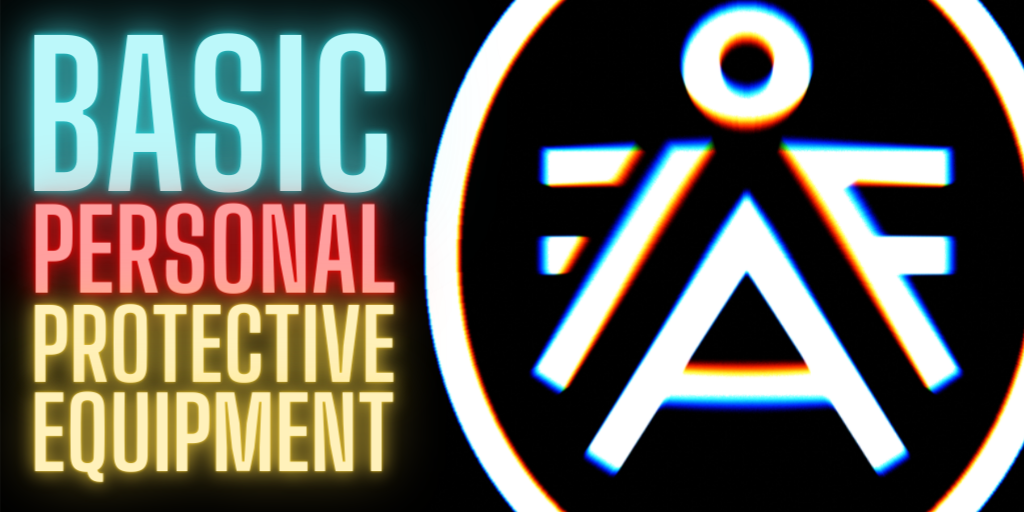


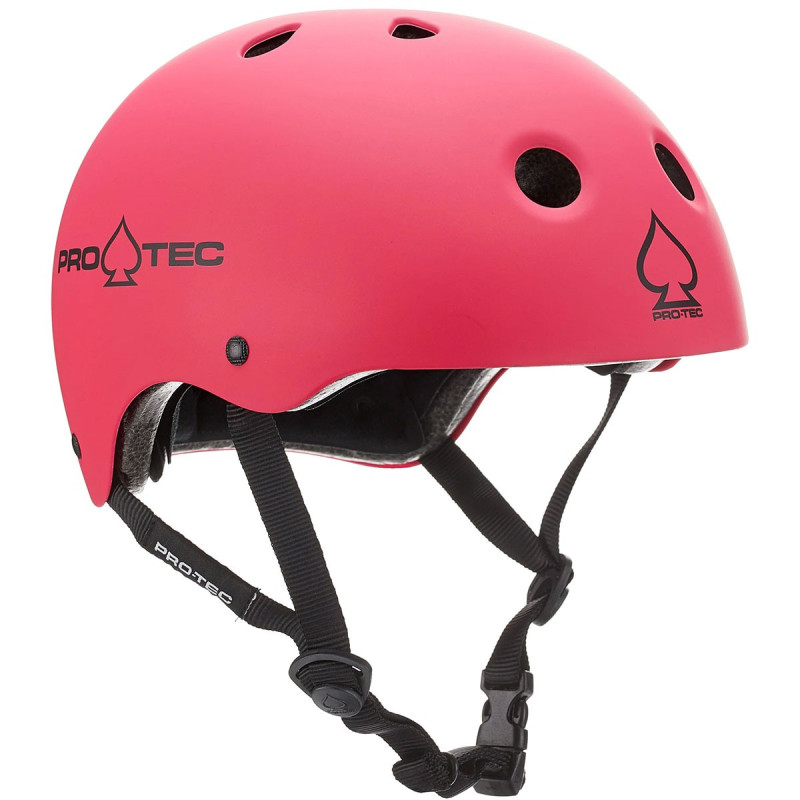

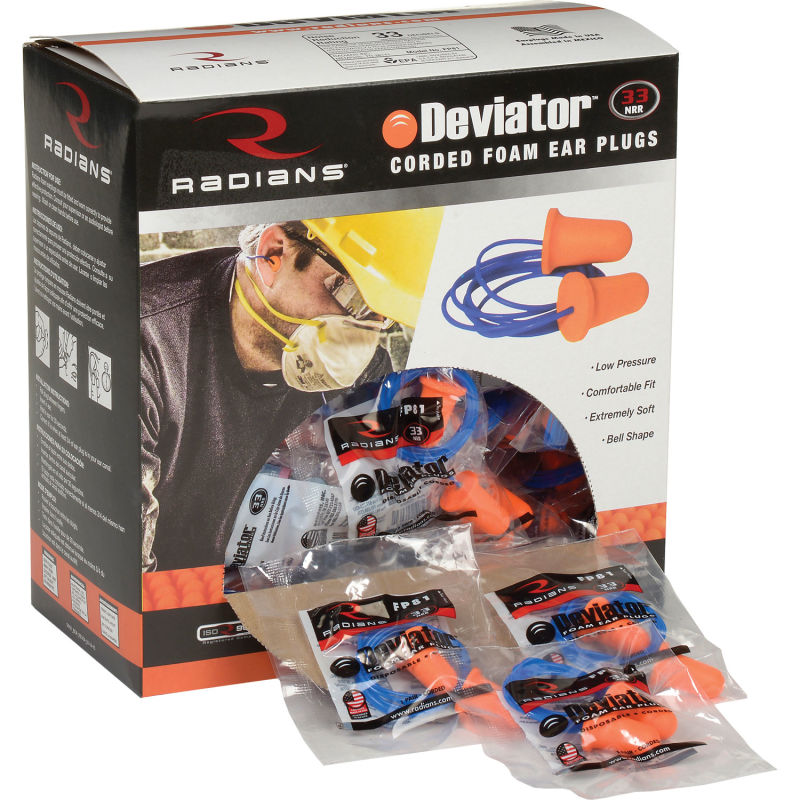
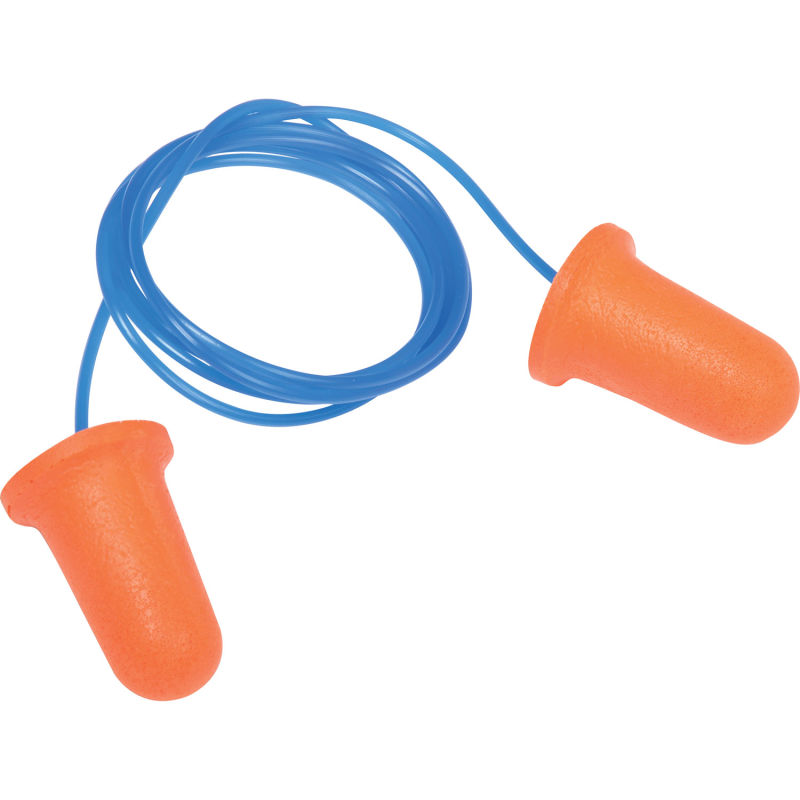
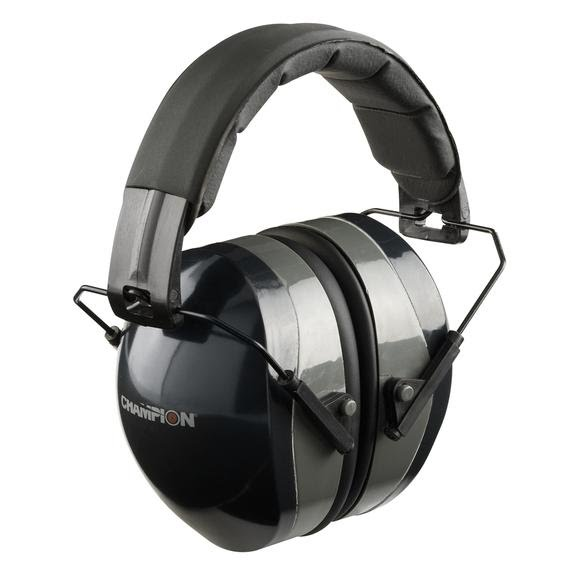

10 thoughts on “Skills for Revolutionary Survival: 2. Basic Personal Protective Equipment”
Comments are closed.